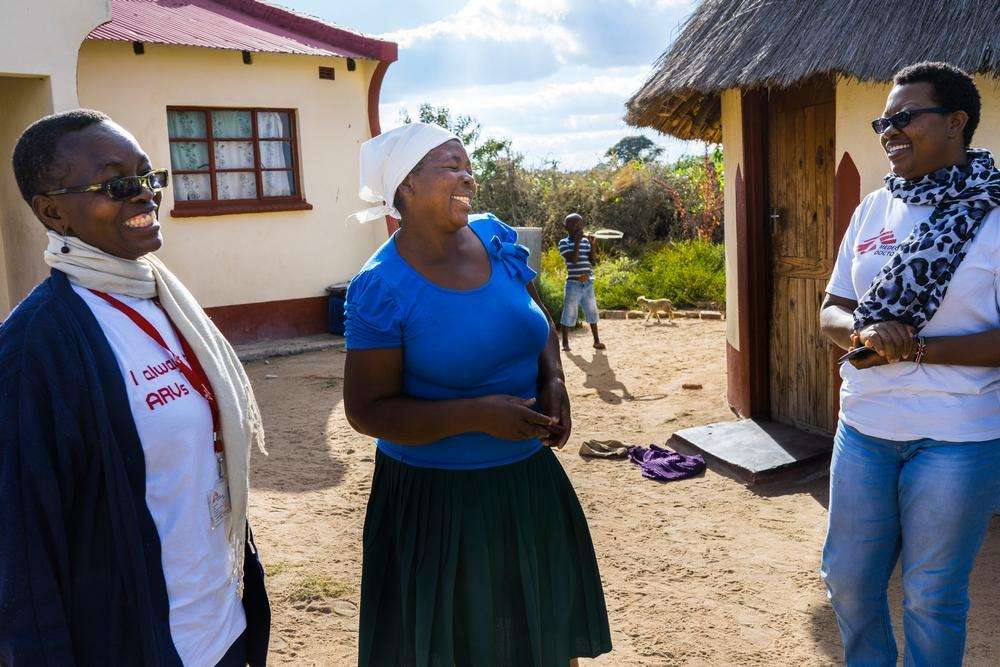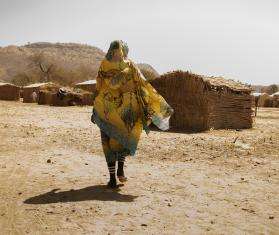Originally published in The Lancet Global Health Blog
Author : Claire Fotheringham
Claire Fotheringham is a medical doctor and specialist in obstetrics and gynecology, working with Doctors Without Borders/Médecins Sans Frontières in the Women’s Health Unit based in Sydney, Australia.
Even the best drivers have a blind spot in their vision, an area in the periphery that remains just out of view but may reveal critical danger. Among global health priorities, policy blind spots also persist. Cervical cancer is a notable example. Preventable, detectable, and treatable at early stages, it remains the leading cause of cancer-related deaths in low- and middle-income countries (LMICs).
Globally, 528,000 new cases and 266,000 deaths from cervical cancer occurred in 2012 alone. And unlike health issues that demand everything from vector control to sociocultural shifts before having impact, cervical cancer can be detected and treated with evidence-based, inexpensive solutions that are well adapted for low-resource contexts. Yet, the disease, and those affected by it, often remain out of sight when talking about women’s health.
Even when cervical cancer is recognized as a priority, at-risk women can remain unseen, especially in low-resource settings. In the Philippines, for example, Médecins Sans Frontières (MSF) works with a local women’s health organization, Likhaan, in a slum area of Manila, to provide cervical cancer-related health services (prevention, screening, and some treatment). The women accessing this clinic – despite living in a cosmopolitan city in a middle-income country with a robust health system – have little ability for addressing their cervical cancer risk:
- They lack the money to access the shining private hospitals found in the capital;
- The public clinics that offer cancer screening services often lack the ability or resources to treat cervical abnormalities if they are found; and
- They often find it difficult to return for multiple appointments or visit separate referral centers before being treated.
Importantly, in population-dense Manila, services may be located several traffic-choked hours away from the slum where the patient lives. For the poorest populations, proximity to care is critically important and can mean the difference between life and death.
Much more can be done, easily and cost-effectively. Screening for cervical cancer is one of the few examples where a low-tech solution for poorer patients provides nearly the same quality of test as those found in high-income settings. Women in high-income countries (HICs) are familiar with getting a pap smear screening (nearly 80% of US women aged 15 to 49, and over 90% of college educated women, have had one). Abnormal cells are usually excised using an electrosurgical tool (though other options are available), and access to treatment is widespread. This gold standard of care has reduced cervical cancer incidence by 74% over the last 50 years.
In LMICs, by contrast, only 5% of women are estimated to have ever been screened for cervical cancer, despite these countries accounting for 87% of the deaths. Yet, this is not for lack of simple solutions. In the Philippines, the visual inspection with acetic acid (VIA) screening method allows non-specialist clinicians (including nurses or clinical officers) to conduct a visual examination by swabbing the cervix with acetic acid (vinegar). Any abnormal areas, which become discoloured after swabbing, are ‘frozen’ with low-tech cryotherapy that uses simple CO2 to render abnormal cells harmless, almost like freezing a wart (an apt comparison: human papillomavirus [HPV] causes most cervical cancers and is also a wart virus). Effectiveness measures for VIA and cryotherapy are only slightly lower than when using sophisticated procedures, and it has been estimated to cost less than $10 per woman screened to significantly decrease mortality in low-resource contexts. At the MSF/Likhaan clinic, a ‘single visit approach’ screens and treats women on the same day within less than 30 minutes, and supplemental mobile clinics bring services closer to the community. When lesions are unmanageable or suspected cancer is present, patients are referred to higher levels of care, accompanied by a social worker, and covered for costs by MSF for those who are uninsured. Looking ahead, services will be integrated further with a 'Mother Daughter Initiative' that will encourage women to bring their 9- to 13-year-old daughters for HPV vaccination while they come for their screening appointment. Future innovations will include SMS text message health information and appointment reminders, for HPV vaccination and for VIA/cryotherapy services.
Admittedly, addressing cervical cancer is not without its challenges. Screening programs can raise uncomfortable ethical issues in places without adequate treatment options, referral services, or palliative care for those diagnosed with more advanced stages of disease. This can make a diagnosis seem tantamount to rendering a death sentence for women with few choices. In low-resource contexts, logistical hurdles such as the simple lack of CO2 can be one of the biggest obstacles to treating more women with cryotherapy. Prevention can also be tough, as 9- to 13-year-old girls are a difficult population to vaccinate. They are usually healthy (without routine interactions with the health system), and efforts to vaccinate them in school have sometimes been obstructed by groups with unsubstantiated fears of ‘promoting promiscuity’ with a vaccine that protects against a sexually transmitted disease. Beyond these factors, HPV infections may take decades to manifest as disease, and young women do not always make the link between sexual practices and a fatal cancer. Most significantly, the HPV vaccine’s high cost prevents wider coverage and use.
Women’s health issues are often hidden in plain sight, but innovation in cervical cancer prevention and treatment shows that global health ‘blind spots’ need not be permanent. Persistence and creativity will help practitioners overcome even formidable challenges. The lives of many women and girls depend on it.




